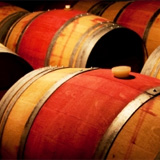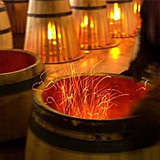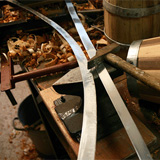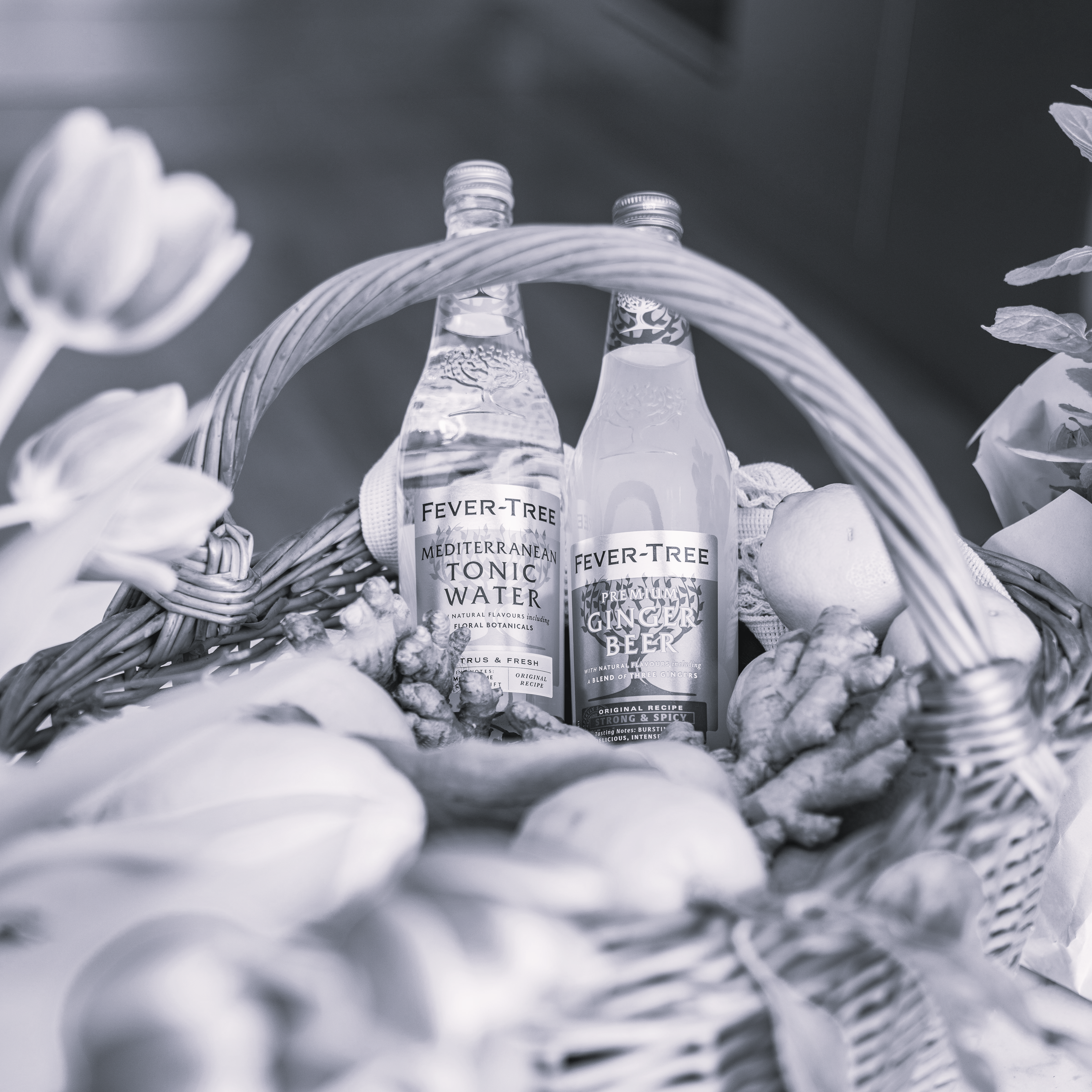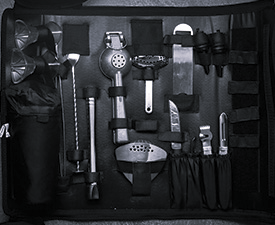French Oak is considered especially desirable wood for making wine barrels for many years. Most French Oak comes from one or more of the famous forests that were planted in the days of Napoleon for shipbuilding. Since the days of oak sailing ships have come and gone, these French forests have become ongoing forestry operations.
There are five primary forests used for wine barrel production: Allier, Limousin, Nevers, Trancais and Vosges. Each of these forests produces wood with distinctive characteristics involving tightness of the wood grain as well as the amount of oak flavours that are imparted to the wine. Tight grained wood tends to impart the oak characteristics (vanilla, spice and butter flavours) much more slowly than wood with looser grain. Winemakers select wood for their wine barrels from different forests for the effect on the finished wine.
The two most significant differences in wood preparation and barrel construction techniques are the seasoning of the wood and the way the staves are prepared. The French Coopers always let the wood air-dry for at least 24 months to attain proper seasoning. American barrel makers use a kiln-dry method to season the wood and the staves for the barrels are also sawn rather than split. The French barrel makers split the wood along the grain of the wood to make the staves. Splitting rather than sawing produces staves that have more subtle effects on the wine.
During the construction of the barrel, the partially assembled barrel is placed over a small wood fire to toast the inside. Winemakers can normally order their barrels with Light Toast, Medium Toast or Heavy Toast, depending upon the grape variety to be used in the barrel as well as the style of wine to be produced.
Many winemaking regions have traditional shapes - Bordeaux vs. Burgundy barrels. There are also many sizes of wine barrels as well as variations in the thickness of the staves and the way the barrels are constructed.
